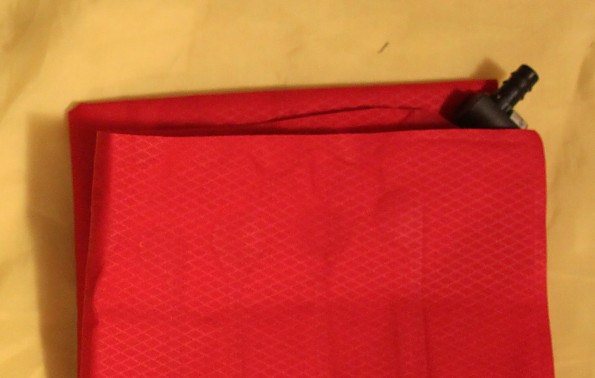

Flux transformation in a thin structure.Very high heat fluxes, up to 750 W/cm 2.Resistance 60 W/cm 2, up to 750 W/cm 2 for special wicks Higher Minimum thickness than other optionsĬannot be used as structural members without paying a weight penalty Benefits and Limitations of Vapor ChambersĬheaper than encapsulated conduction cooling In contrast, the evaporator and condenser of a vapor chamber are always parallel, either in-plane or on opposite sides of the vapor chamber. This can be increased to 150☌ with specially designed vapor chambers but is only warranted when the heat flux is sufficiently high to warrant the increased cost.įinally, the other two-phase devices can have the heat input and heat output surfaces at any orientation with respect to each other. The maximum temperature is 105☌ for standard vapor chambers since the face sheets tend to bow when the water pressure is higher than atmospheric. In addition to the Standard heat pipe limitations, the two primary limitations are that vapor chambers have a higher cost compared to HiK™ plates and they cannot be used as structural members. Heat fluxes for standard wicks are similar to heat pipes but can be increased significantly with wick enhancements. The benefits of vapor chambers include that they are isothermal to 1-2☌, can be used to cool multiple components, can be made as thin as 3mm, and have low thermal resistance.

Table 1 gives the primary benefits and limitations of vapor chambers. (c) Vapor chamber with DBC envelope, for direct die attach of vertical-cavity surface-emitting laser chips.


 0 kommentar(er)
0 kommentar(er)
